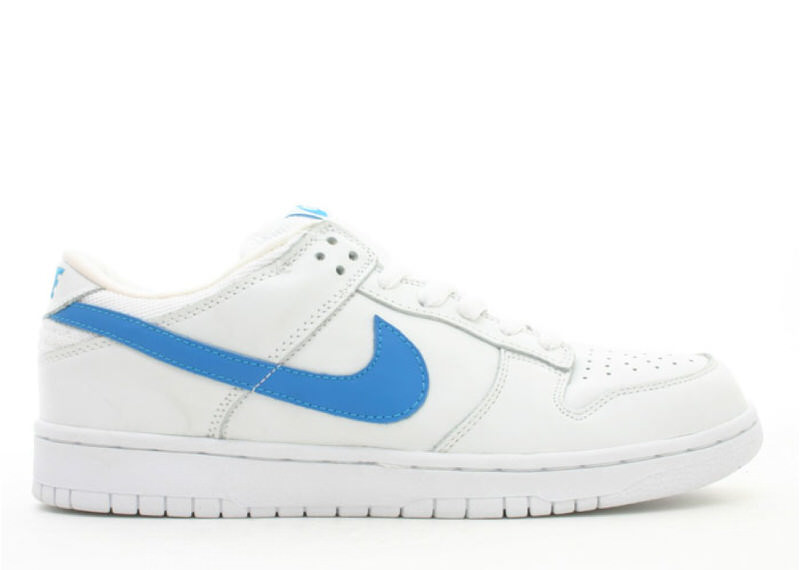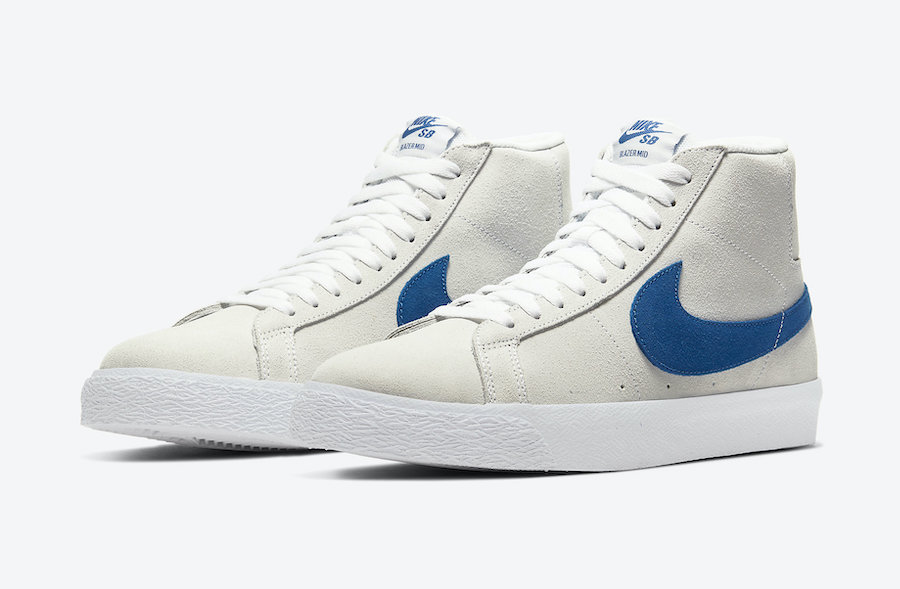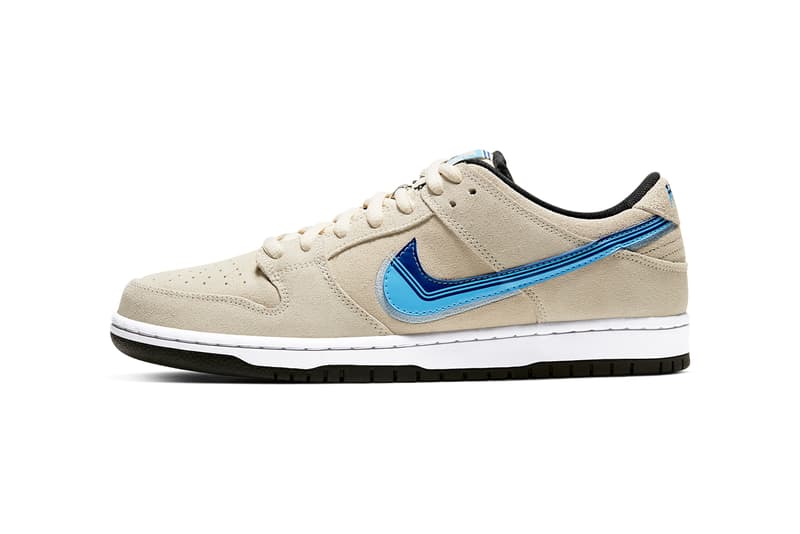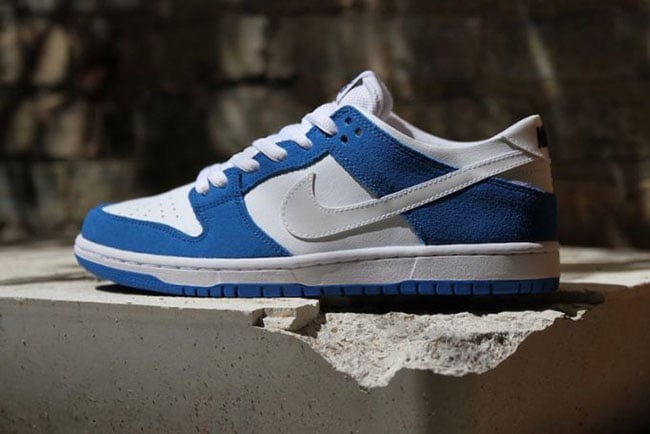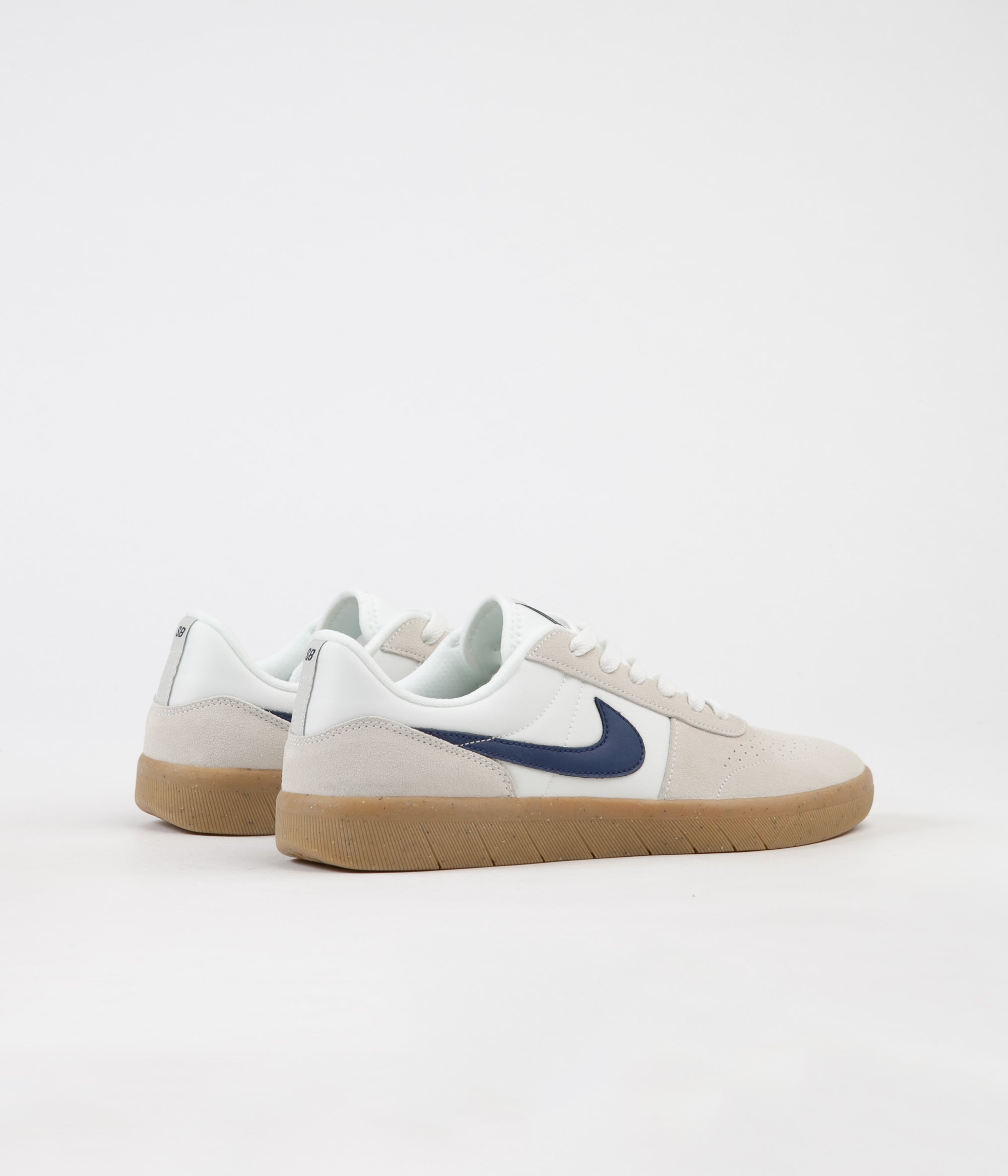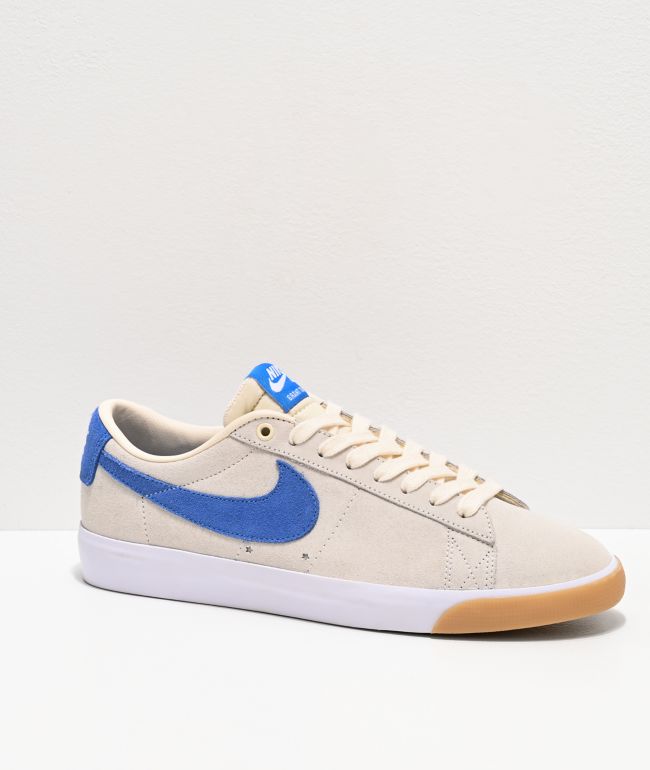
Nike SB White Suede Leather Blue Swoosh Mens Size 8 Shoes EUR 41 EUC #Nike #court | Nike sb white, Suede leather, Nike sb

Nike SB Air Force 2 Low - White/Blue/Red Available: SNKRS.COM #Nike #Skate #AirForce #Swoosh | Nike sb, Nike snkrs, Nike




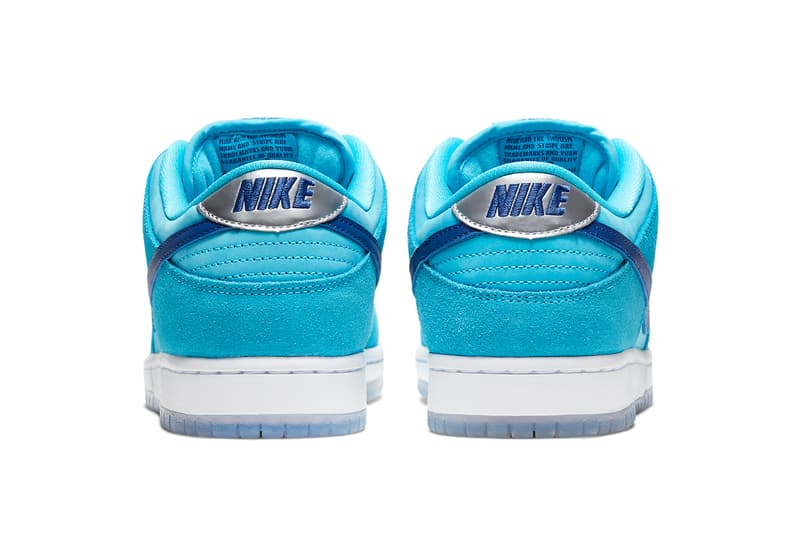





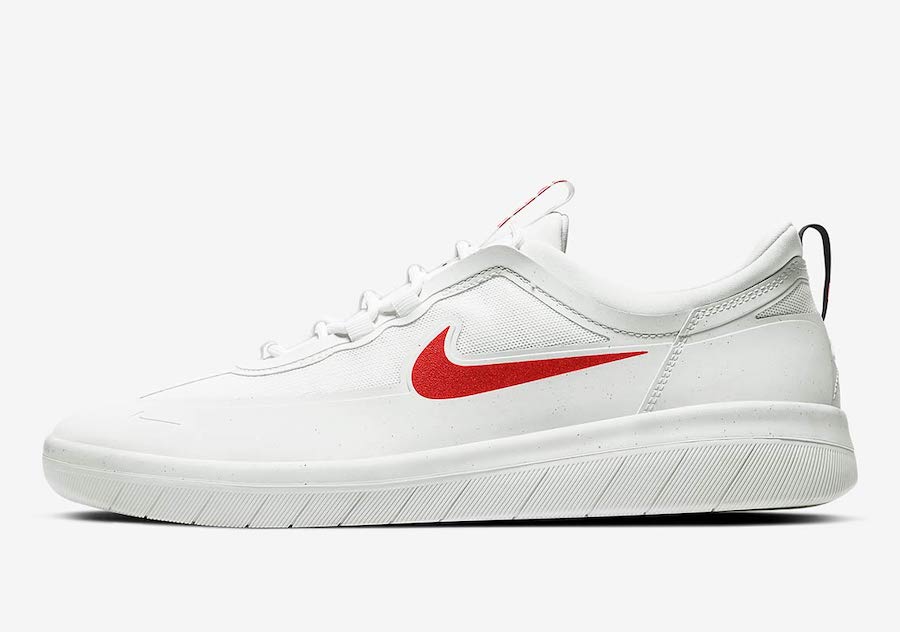

.jpg)

